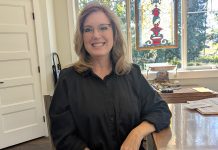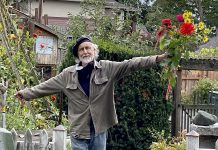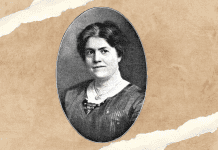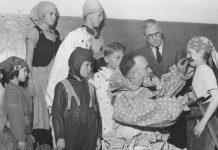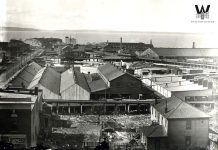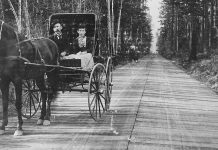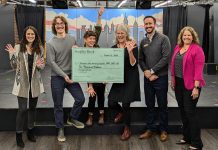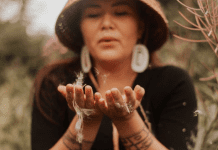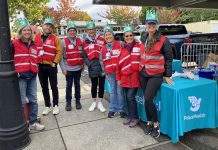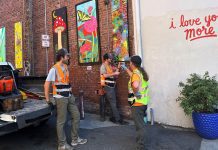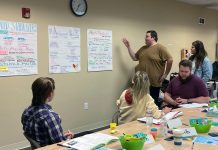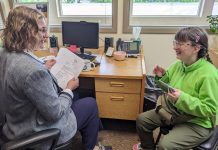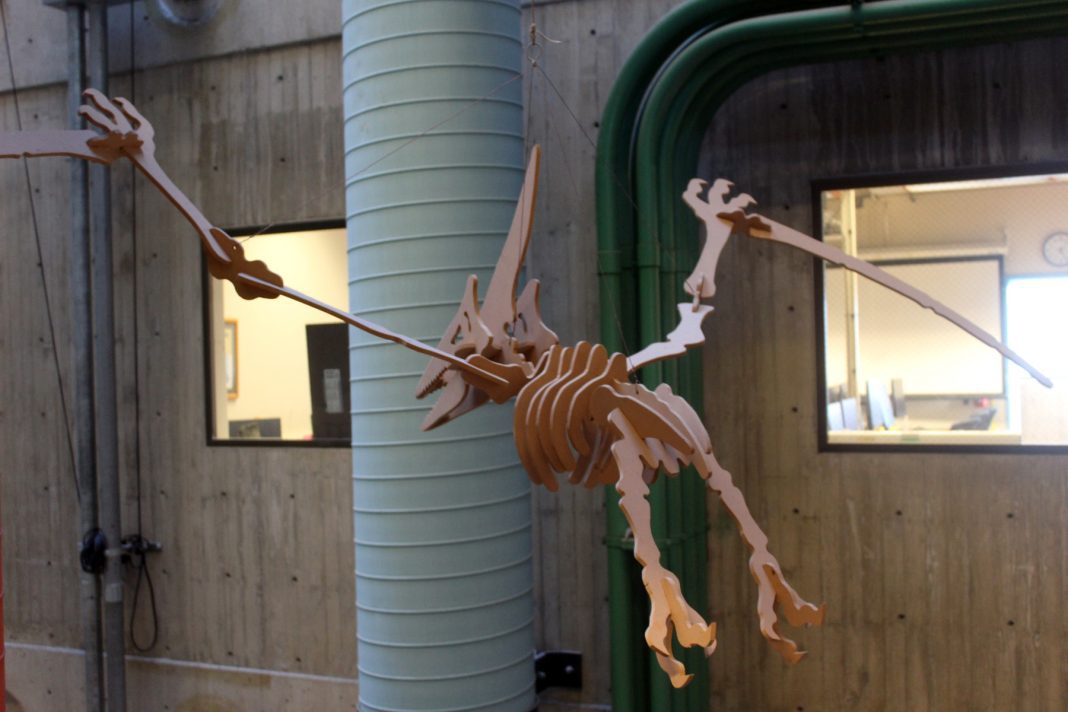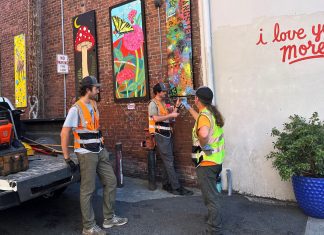Western Washington University’s Environmental Studies building offers visitors a rare discovery: the Geology Department Museum, where walls and cases of fossils, rocks and minerals, and artistic renditions illustrate Whatcom County’s natural history. These collections started with retired Research Associate George Mustoe.
“There’s a certain randomness to it and it started in about 1980,” says Mustoe. “I had been working here as a research technician for 7 or 8 years. And the building just seemed kind of grim — bare concrete walls. And there had been a mammoth tusk collected at Marblemount in earlier years.”
That tusk became the first of the museum’s specimens, which reflect the region’s extreme climatic and topographical changes throughout the Cenozoic Era. Fifty-seven million years ago during the Eocene epoch, before the Chuckanut and Cascade Mountains formed, Whatcom County’s climate supported subtropical rainforests and rivers running from present-day Idaho. Fifteen thousand years ago during the Pleistocene epoch (Ice Age), a 5,000-foot thick ice sheet covered Bellingham — the largest of six glacial encroachments.
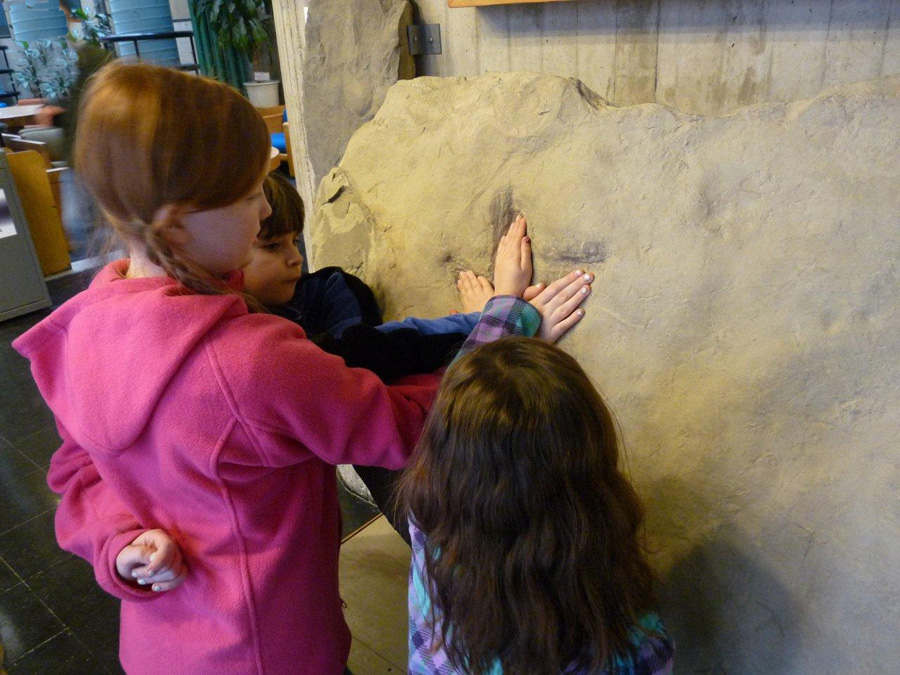
“I particularly wanted to aim displays for the general public,” says Mustoe. “We get a multitude of school kids coming in on class visits, and I wanted to make displays more understandable for that audience.”
The museum features primarily local materials while situating them in the global geological and paleontological context.
Geological History
Western’s museum reflects our region’s diversity of rock types resulting from tectonic activity over millions of years.
“It’s not like the Grand Canyon or someplace where you have a layer cake of sediments — it’s this jigsaw puzzle that’s broken in pieces,” Mustoe says. “If you wanted to ask where the edge of North America was as a stable continent, you’d have to go around over by Spokane.”
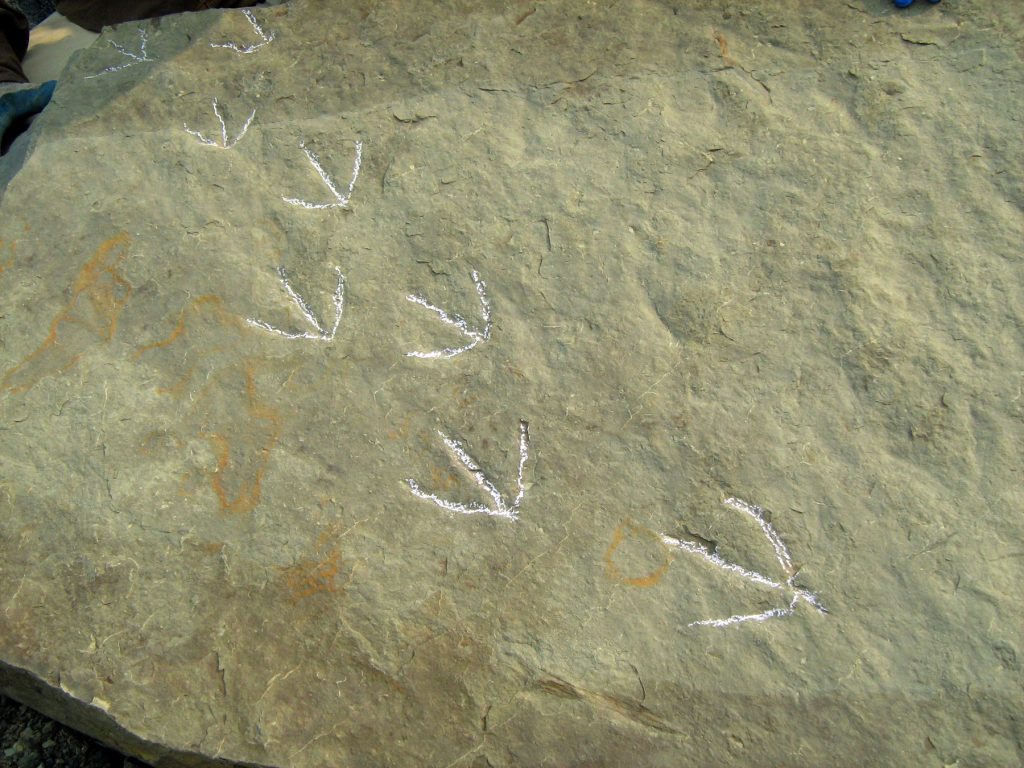
The Chuckanut formation originated during the Eocene age from “meandering river deposits” of sediments. At 20,000 feet, it’s “one of the thickest horizontal units in North America,” Mustoe says. As the Pleistocene ended, our region formed entirely local sediments deposited by the Fraser Glaciation. The Cascades likewise started forming during the Eocene.
“Mount Baker would be a classic example of young volcanics,” says Mustoe. “All of the current Cascade Volcanoes fall into that category. But the Pacific Ring of Fire is a structure that goes back many millions of years, so there’s eroded remnants of older volcanoes.”
The museum also includes interpretive displays of metamorphic, sedimentary, and igneous rocks by type, as well as precious metals, minerals, and gems. Other displays recount Whatcom County’s human history of coal mining, gold mining, and rockhounding.
“The geologic setting is so complicated here, where it’s been a repeated collision of oceanic plates with the continent, where they’ve faulted and folded and jumbled together,” Mustoe says. “So it’s such a crazy quilt. You can go to a place like Church Mountain and Chowder Ridge and collect marine fossils that have maybe traveled a thousand miles to get here.”

Paleontological History
The museum’s local Cenozoic animal and track fossils start with Eocene species such as tapirs, “hippopotamus-like mammals,” and diatryma — a seven-foot flightless bird evidenced by its footprints. Local Pleistocene species include mammoths, musk oxen, giant sloths, and bison, which lived in the milder interglacial environment before most extant local species developed.
“We just this last January recovered the first fish fossil from the Chuckanut formation, so it says there are some bone fossils potentially waiting to be found,” says Mustoe. “But it’s like a very thick storybook of regional descent that records life during the Cenozoic.”
Plant fossil displays note that palm fronds from the Chuckanut formation evidence the subtropical Eocene environment, and modern ferns evolved from species dating back to the Cretaceous period. Petrified wood from the Miocene epoch has become Washington’s state gem.
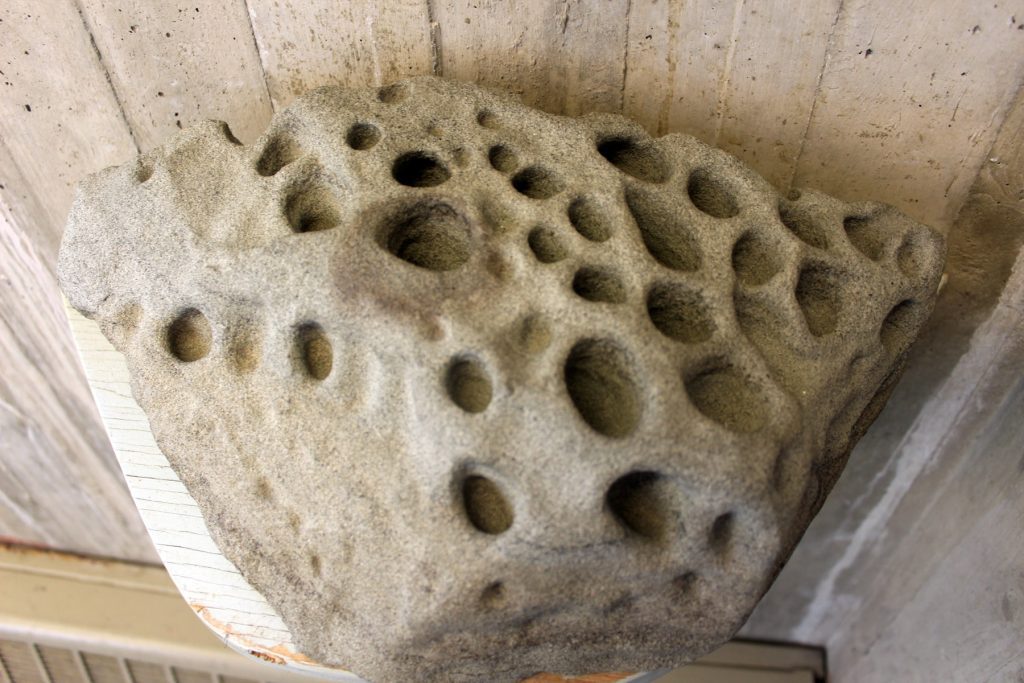
“When you put up displays like ours, what you really hope for is that when people find something interesting, they will call you up and tell you,” Mustoe says. “Fossil fish, for example, came from a phone call from a couple of my neighbors who went skiing one day and it was raining. And they decided that instead they would walk up to Racehorse Creek, and they found this fish and immediately called to tell me about it.”
Visiting the Museum
The museum has primarily received donations from rockhounding groups and prominent local collectors, such as Wes Gannaway of Ferndale and the late Dick Rantz.
“Over almost 40 years of doing it, there’s quite a diversity of materials, but there’s never been any big master plan to it,” Mustoe says. “I’ve basically used whatever I could get. I have not bought any specimens to put in displays — it’s all been donated materials.”
As Mustoe notes, Western’s museum is one of the region’s largest fossil repositories after University of Washington’s Burke Museum.
“I have been given some notable specimens by people who are really pleased at the idea of having them on public display,” says Mustoe. “I have always told people that if they gave me something neat, I didn’t put stuff indoors or in boxes.”
For visiting hours and parking information, see the Geology Department site.

